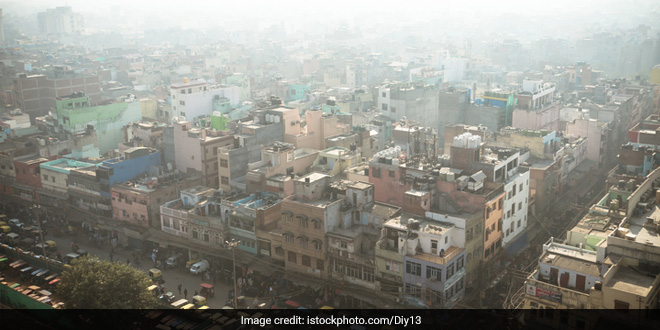London: Researchers have found that daily exposure to ground level ozone in cities worldwide is associated with an increased risk of death. Ground level ozone is a highly reactive gas commonly found in urban and suburban environments, formed when pollutants react in sunlight. The findings, published in the journal The BMJ, based on data from over 400 cities in 20 countries across the world – show that more than 6,000 deaths each year would have been avoided in the selected cities if countries had implemented stricter air quality standards.
These findings have important implications for the design of future public health actions; particularly, for example, in relation to the implementation of mitigation strategies to reduce the impacts of climate change, said researchers from University of Bern in Switzerland.
Current air quality thresholds (in micrograms per cubic meter of ambient air) range from 100 µg/m3 (WHO), 120 µg/m3 (European Union directive), 140 µg/m3 (US National Ambient Air Quality Standard), and 160 µg/m3 (Chinese Ambient Air Quality Standard).
Recent reviews suggest that 80 per cent of the world’s population in urban areas are exposed to air pollution levels above the WHO threshold.
Most previous studies have found positive associations between ground level ozone and mortality, but differences in study design and quality make it difficult to draw consistent conclusions across different regions.
To try and address this, an international research team has analysed deaths and environmental measures (weather and air pollutants) in 406 cities of 20 countries, with overlapping periods between 1985 and 2015.
Using data from the Multi-City Multi-Country Collaborative Research Network, they derived daily average ozone levels (above a maximum background level of 70 µg/m3), particulate matter, temperature, and relative humidity at each location to estimate the daily number of extra deaths attributable to ozone.
Also Read: Budget 2020: Experts And Citizens Call For Combating Air Pollution- A Public Health Threat
A total of 45,165,171 deaths were analysed in the 406 cities. On average, a 10 µg/m3 increase in ozone during the current and previous day was associated with a 0.18 per cent increased risk of death, suggesting evidence of a potential direct association.
This equates to 6,262 extra deaths each year (or 0.2 per cent of total mortality) in the 406 cities that could potentially have been avoided if countries had implemented stricter air quality standards in line with the WHO guideline.
What’s more, smaller but still substantial mortality impacts were found even for ozone concentrations below WHO guideline levels, supporting the WHO initiative of encouraging countries to revisit the current air quality guidelines and enforcing stronger emission restrictions to meet these recommendations, say the researchers.
Also Read: Air Pollution Linked To Changes In Brain Structure In Kids, Finds A Study




























